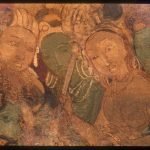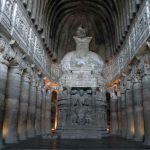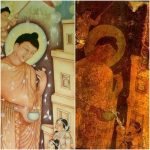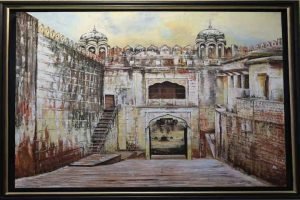A revolutionary religion with futuristic ideals was founded over 500 years ago, The Sikh religion is followed by at least 20 million people worldwide and is ranked as the world’s 5th greatest religion. Sikhism holds the principle of absolute Devotion and recalling of God at all times, honest living, Tolerance, and Non-discrimination (Equality of all living beings) thereby condemning superstitions and blind rituals and adopting divine unity. Sikhism is open to all through the teachings of its 10 Gurus (Teachers) namely- Guru Nanak, Guru Angad, Guru Amar Das, Guru Ram das, Guru Arjun Dev, Guru Har Gobind, Guru Har Rai, Guru Hari Krishan, Guru Tegh Bahadur, Guru Gobind Singh (the founder of Khalsa movement) and Guru Lachhman Dev or Banda Bahadur sanctified in the Sikh Holy Book. It teaches followers to abstain from the “Five Thieves” (that are lust, anger, greed, attachment, and ego) In the early 21st century there were nearly 25 million Sikhs worldwide, the majority of them living in the Indian state of Punjab and rest in Canada (North America) along with England in Europe.
Sikhism was founded in the Punjab region of the Indian subcontinent in the late 15th century. Its members are known as Sikhs and call their faith- Gurmat (“the Way of the Guru” in Punjabi). According to Sikh tradition, Sikhism was established by Guru Nanak Dev Ji(1469–1539) and afterward led by a succession of nine other Gurus. As believed by Sikh followers, all the 10 human Gurus, were guided by one single spirit. Upon the death of the 10th Guru Gobind Singh (1666–1708), the pious spirit of the eternal Guru is said to have shifted itself to the sacred scripture of Sikhism, Guru Granth Sahib (“The Granth as the Guru”), also known as the Adi Granth (“First Volume”), which thereafter was regarded as the only living Guru. Sikhism highlights Simran (meditation and recall of the words of God which can be expressed musically by performing kirtan, or in the mind doing Naam Japna (‘meditation on His name’) as a means to feel God’s presence.
Guru Amar Das’s successor and son-in-law Guru Ram Das established the holy city of Amritsar, the home of the Harimandir Sahib and regarded as the holiest city for all Sikhs. The sixth guru, Guru Hargobind, was responsible for the creation of the concept of Akal Takht (throne of the eternal one), which caters as the supreme decision-making centre of Sikhism and occupies itself opposite the Harmandir Sahib.
Sikh in Punjabi means “learner,” and those who joined the Sikh community, or Panth (“Path”), were people who were looking for spiritual guidance. Sikhs claim that their tradition is separate from Hinduism. However, many Western scholars argue that in its primary stage Sikhism was a movement within the Hindu tradition and followed the Nirguna Brahma philosophy of the most ancient religion; Nanak Dev Ji, was raised a Hindu in a Bedi family and in due course came from the Sant tradition of northern India, a movement related to the great poet and mystic philosopher Kabir (1440–1518). The Sants (The Sages) were poor, deprived and illiterate, composed extremely beautiful hymns that described their divine experiences, which they could perceive in all things. Their tradition deeply affected the Vaishnava bhakti (the devotional movement within the Hindu tradition that worships Lord Vishnu), though there were significant differences between the two. Like the followers of bhakti, the Sants believed that devotion to God is necessary to get salvation from the cycle of rebirth in which we all human beings are confined; unlike the followers of bhakti, however, the Sants maintained that God is Nirgun (“without form”) and not Sagun (“with form”). For the Sikh Gurus, God can neither appear through incarnations nor be symbolized in solid terms.
















Add Comment